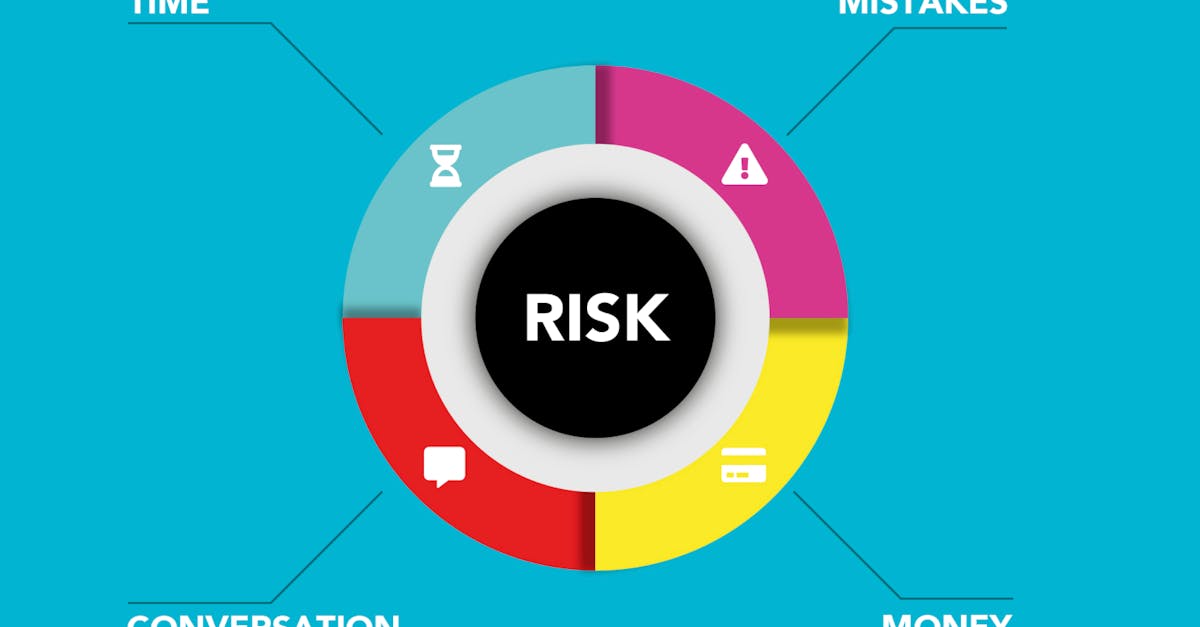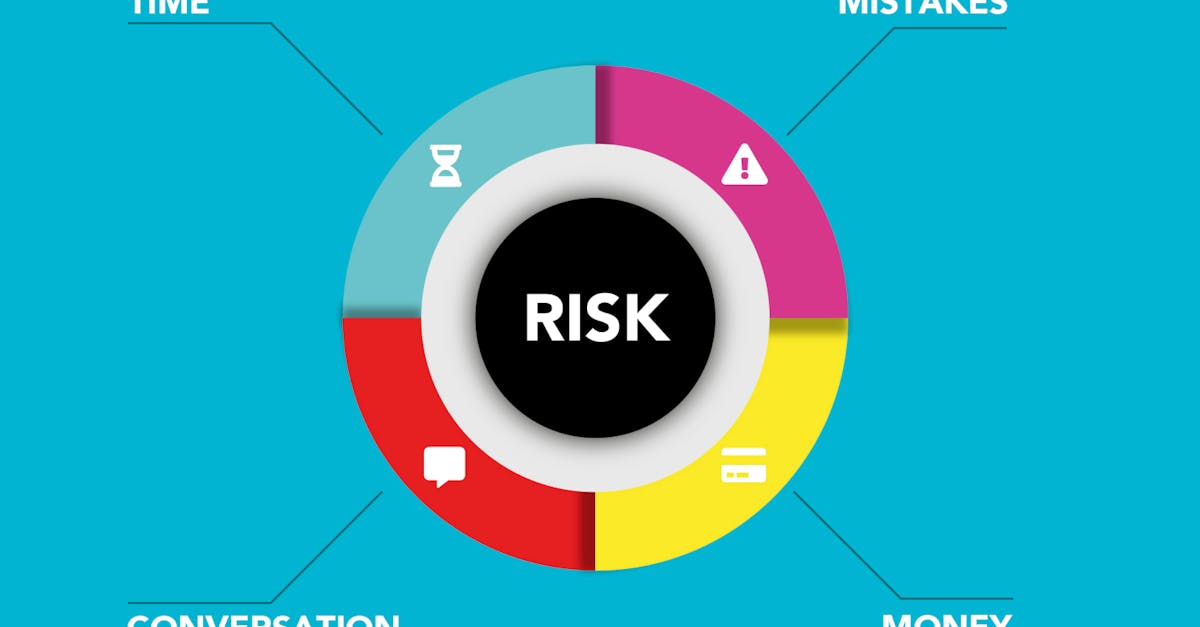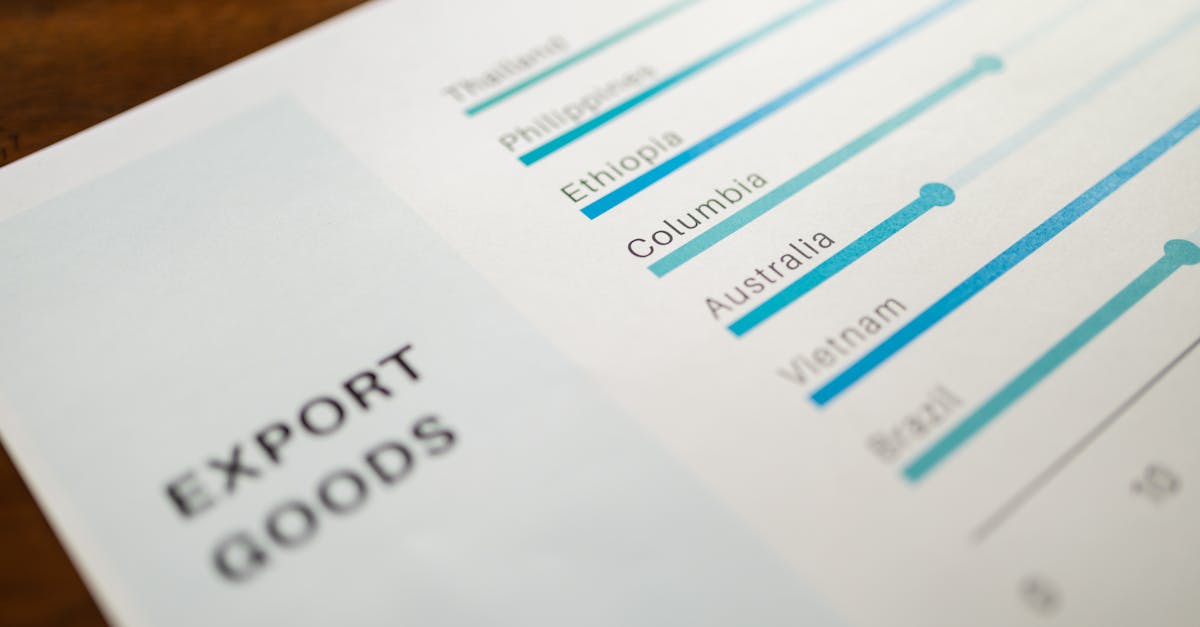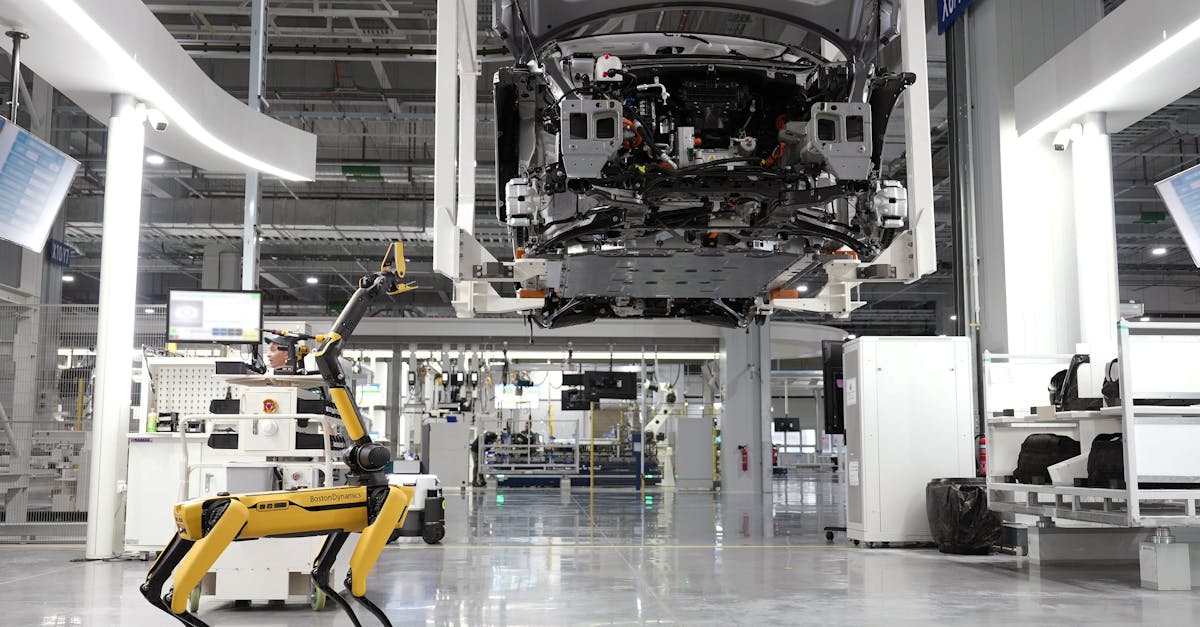Top 5 Industrial Technologies Reshaping Heavy Industries
Introduction
In today's rapidly evolving technological landscape, the heavy industries are experiencing a significant transformation. Driven by the need for increased efficiency and sustainability, traditional industrial practices are being reshaped by cutting-edge technology. From robotics and automation to advanced data analytics, these innovations are redefining the way we manufacture, build, and move products. But which technologies are leading this charge, and how are they impacting the industrial landscape? This article will explore the top five technologies revolutionizing heavy industries, breaking down their functionality and assessing their long-term potential. Delve into a world where technology meets industry, fostering growth and pushing the boundaries of what was once thought possible.
Advertisement
Automation and Robotics Revolution
Automation and robotics have long been at the forefront of industrial technology. Live demonstrations of robotic systems performing complex tasks with precision and speed are no longer confined to trade shows. They have found their way into production lines worldwide. These systems can operate 24/7 without fatigue, reducing downtime and increasing productivity. Collaborative robots, or 'cobots,' work alongside human workers, merging human intuition with robotic precision. The integration of machine learning enhances their functionality, allowing robots to learn and adapt to new tasks. This technology minimizes human error and ensures consistent quality, making it invaluable across sectors from automotive to aerospace.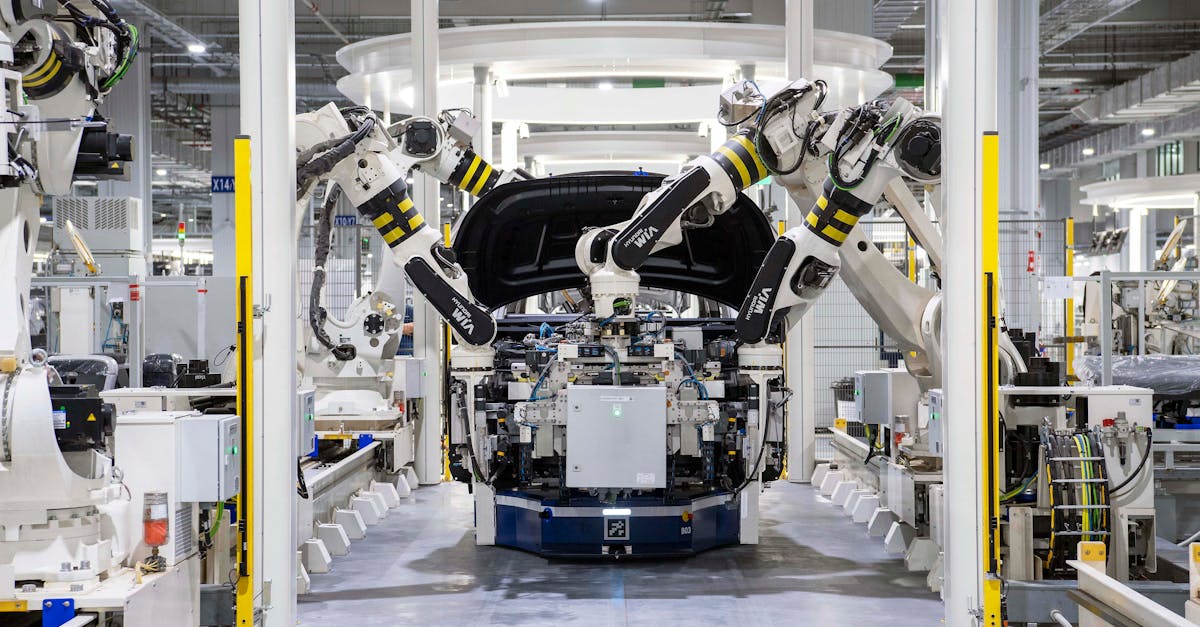
Advertisement
Industrial Internet of Things IoT
The advent of the Industrial Internet of Things (IIoT) has heralded a new era of connectivity in heavy industries. By embedding smart sensors and devices in equipment, IIoT offers real-time data on every aspect of the production process. This data-driven approach enables predictive maintenance, significantly reducing equipment failures and downtime. Facility managers now have an unprecedented ability to monitor performance and streamline operations. Advanced analytics provide insights into energy consumption patterns, helping industries reduce their environmental footprint. The ripple effect of IIoT extends to supply chain optimization, where data can predict demand fluctuations and optimize logistics.
Advertisement
3D Printing and Additive Manufacturing
3D printing, often referred to as additive manufacturing, is changing the landscape of custom manufacturing. Its ability to rapidly produce prototypes and final products with intricate designs has revolutionized industries from healthcare to aviation. Additive manufacturing reduces material waste by constructing items layer-by-layer, contrasting the subtractive nature of traditional manufacturing. It offers unparalleled flexibility in material usage, enabling custom blends and innovative composites that traditional techniques can't achieve. In heavy industries, this technology accelerates product development cycles and empowers engineers to create complex components that enhance performance and longevity.
Advertisement
Artificial Intelligence and Machine Learning
Artificial intelligence (AI) and machine learning are driving the optimization of industrial processes. By analyzing vast datasets, AI can identify patterns and make informed decisions, paving the way for enhanced operational efficiency. Predictive algorithms process data faster than any human could, minimizing bottlenecks and maximizing output. Furthermore, AI-driven analytics can forecast maintenance needs before real-world symptoms appear, ensuring uninterrupted production. In the realm of quality control, machine learning algorithms scrutinize products for defects far deeper than the human eye, maintaining high standards and reducing wastage. The adaptability of AI means it can continuously evolve, fine-tuning processes over time.
Advertisement
Blockchain for Transparent Transactions
Blockchain technology, initially synonymous with cryptocurrency, is now revolutionizing supply chain transparency and traceability. By recording transactions in an immutable ledger, blockchain ensures that every step in a supply chain is documented and verifiable. This transparency reduces the chances of fraud and errors, fostering trust between industry players. For heavy industries, which often have complex supply chains involving multiple stakeholders, blockchain offers a foolproof way to track materials from origin to destination. Beyond supply chains, blockchain's security potential is being harnessed for intellectual property management, ensuring designs and processes remain proprietary.
Advertisement
Augmented Reality for Enhanced Training
Augmented reality (AR) is making waves in workforce training and equipment maintenance. By overlaying digital information on the real world, AR offers hands-on training without going offline or risking safety. Field technicians equipped with AR glasses can access procedural instructions and diagnostics in real-time, reducing the learning curve and enhancing accuracy. In sectors like oil and gas or construction, where precision and safety are paramount, AR minimizes human risk while optimizing performance. Additionally, AR platforms can simulate potential flaws or hazards in a controlled environment, providing invaluable insights before they arise on site.
Advertisement
The Role of Connectivity
An underlying theme in these technological advances is connectivity, facilitated by advancements in communication networks like 5G. This connectivity is the backbone enabling swift data transmission and intelligent automation across remote industrial sites. High-speed connections foster collaborative robotics, allowing seamless communication between autonomous machines and centralized control units. With latency reduced to near-zero in 5G environments, remote monitoring of machinery becomes more reliable than ever. This interconnectedness ensures that factories of the future can operate more efficiently, breaking new ground in productivity and safety standards.
Advertisement
Conclusion
Undoubtedly, the heavy industries are entering a transformative era, driven by the synergy of industrial technologies. Each of these innovations—whether the precision of robotic automation or the data-driven insights of IIoT—plays a pivotal role in reshaping production methodologies. As we move forward, these technologies will continue to evolve and intersect, charting a path toward a more efficient, sustainable, and innovative industrial future. By staying informed and embracing these advancements, industries can tap into their full potential, ensuring growth and competitiveness on a global scale. The future promises endless possibilities for those ready to innovate.
Advertisement
